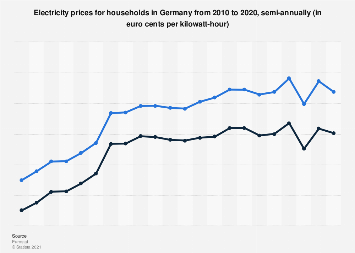Load forming through prices is the main step toward handling systemic flexibility wants by, for example, lessening the altitude of an afternoon mountain and lessening the want for fast-ramping production assets. The borderline cost to produce and disseminate electricity differs considerably from season to season, time to time, and from numerous regions on a power grid. Nonetheless, under ultimate rate criteria today, customers pay the related tax throughout the day, nonetheless of their location—demerits to deter ineffective use of energy at peak intervals. Energy Plans are crucial to future needs.
Utilities desire to enforce a TOU (time-of-use) pricing element for power and demand payments, under which rates are elevated during peak intervals. Contemplate if electric autos were arrested at peak moments; they would establish a substantial responsibility on the grid of electricity and necessitate equity enterprises. But a Time Of Unit-linked need payment would enable stimulate optimal arresting attitude (such as accusing overnight when need is lowest) and steady need throughout the whole day. In this path, the TOU rate can evaluate actual expense variability and motivate consumers to efficiently period their electricity usage.
Would we like to understand more about the Practice of Natural Gas & Electric Power?
Visit the Distribution & Transmission page
To need of mitigating the capital-intensive grid bargains, consumers can furthermore participate additional actively in participating flexibility to grid undertakings. Consumers can help equalize supply and pressure by utilizing their self-home-automation equipment to consumption of control electricity and ordinance repository, but barely if grid operators provide them with the good incentives to accomplish so. For instance, few utilities require demand-response prices that pay buyers who lessen their needs during peak durations. These prices could be broadened to motivate load deduction during vertical ramping intervals or in reaction to recharge swings from resources renewable. The rates could moreover include dynamic rating, a stride beyond Time Of Unit rating, in which consumers see rates that shift from duration to duration founded on real-time prices of wholesale. Furthermore, utilities could integrate location-based ratings to enable consumers in capacity-constrained regions the adjust grid consumption. Very pricing would enable mitigate the want for expensive transmission and diffusion increases.
With favorable prices as inducements, consumers can participate in grid undertakings in numerous ways, encompassing flexibility, demand-response, and distributed production. Over the moment, consumers can be incorporated into an on-grid demand that rates capacity, energy, and flexibility in substantial time founded on system desires. In this fortune, the utility could work as a strategy that stimulates transactions—for a rate—between customers and itself, between 3rd customers and parties, and between consumers. Rate-based income for this assistance is a probable first stride toward very a grid-based demand.
Meet consumer needs with differentiated contributions
Recent rate configurations deliver systematic service, which implies all customers earn the same category of power integrity, reliability, stability, and renewables share—Nonetheless, different consumers have various wants. For example, backup energy is crucial for clinics and some factories. High energy quality is significant to other factories and data headquarters. Meanwhile, sustainability-minded consumers value an elevated amount of renewables.

Utilities’ undifferentiated assistance offerings have ridden many consumers to help with nonutility 3rd-party providers to fulfill their developing needs. To continue strong in the utility future, could request services—very as intensified reliability, hundred-percent-renewable procurement, more service degrees, and DER appliance updating—on a cost-plus purpose.




